Neat that you can do that, Leslie! They're surely better than my microscopes which were, I think, in the $200 to $300 range Canadian, bought new, but that was some years ago. Just out of curiosity, and to illustrate the differences in magnification, I just took some pictures of tet, dip and triploid pollen from the garden, mid-afternoon, at 40X, 100X and 400X with my monocular microscope. I thought I'd got the camera zoom the same for each but when I look at the pics it doesn't look like I did. Still, it should give Jessie an idea of what she needs. I do agree with Maurice that it would be useful to have a simplified way of taking pictures, you never know when you're going to want to show something you've seen to someone else or keep a record. I have to kind of jiggle a digital camera over the eyepiece until I can get things in reasonable focus, and it's not always easy. Anyway, here goes - you can see some of the pollen has burst, not sure if that was the time of day or because I thumped the anthers on the slides to knock the pollen off!:
The dip is 'So Lovely', at 40X, 100X and then 400X
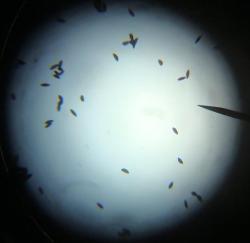
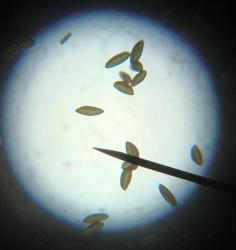
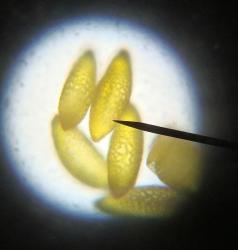
The tet is 'Sandra Elizabeth, same sizes

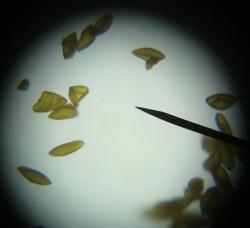
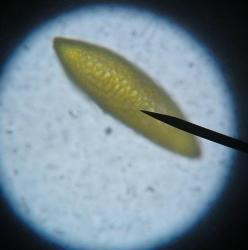
The triploid, same sizes, is 'Kwanso' - less consistent pollen sizes it seems to me

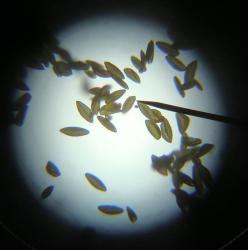
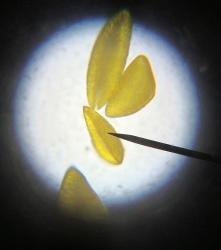
Hope this is useful. I had fun, anyway

Edited to add, I should note that I had the sub-stage lighting turned to dim so as not to shine back too much at the camera, which is why some of the pics are a little dark.









